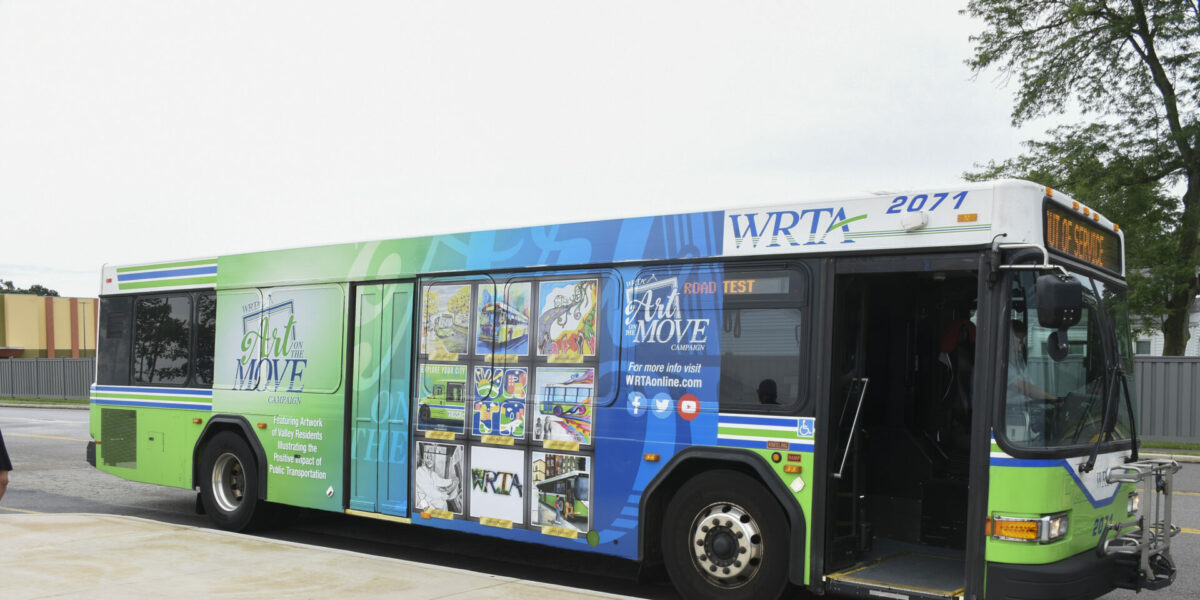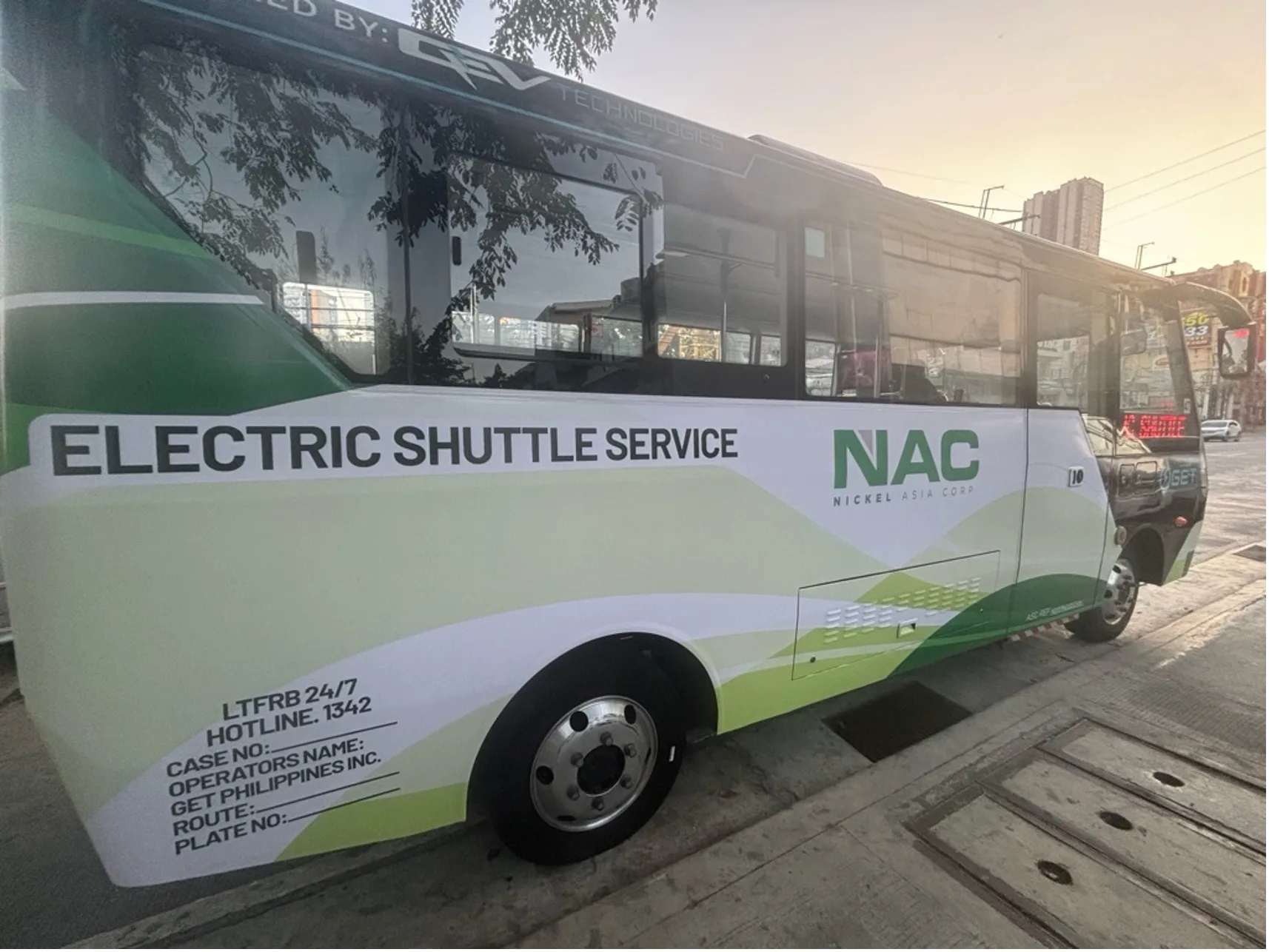Make The Most Of Direct Exposure with Transit Advertising Philippines
Wiki Article
Recognizing the Role of Transportation Advertising And Marketing in Enhancing Brand Presence and Consumer Interaction
Transportation advertising has become a pivotal aspect in the advertising and marketing landscape, offering special possibilities for brands to raise their presence and involve consumers successfully. With the capacity to reach a diverse and restricted audience during their daily commutes, these advertising methods are not merely concerning visibility; they are about producing meaningful links with possible consumers. As we discover the multifaceted advantages and cutting-edge approaches within transit marketing, it ends up being necessary to consider how these aspects collectively influence consumer understanding and habits, questioning regarding their long-lasting influence on brand name loyalty.Definition of Transit Advertising
Transportation marketing refers to the practice of advertising items, services, or brands via promotions put in and around public transport systems. This kind of marketing incorporates a selection of placements, including posters on trains and buses, digital screens at transportation stations, and wraps on the outside of cars. It intends to get to a diverse target market, exploiting on the high foot web traffic related to public transportation.Transit advertising and marketing is tactically positioned to record the interest of travelers, that frequently invest significant time waiting or traveling. By integrating promotions into the day-to-day routines of people, brands can develop a long lasting impact and foster brand acknowledgment. The medium is specifically efficient in city atmospheres, where mass transit is a main setting of travel.
In addition, transit advertising and marketing can facilitate local targeting, allowing services to reach certain demographics based upon transit courses and station areas. As city populations grow and the usage of public transport boosts, this advertising approach has actually gained prominence as an essential component of integrated advertising and marketing techniques. The vibrant nature of transportation advertising, integrated with its capability to involve consumers in a restricted setting, underscores its importance in modern advertising and marketing practices.
Benefits of Transit Marketing
The performance of transportation advertising and marketing depends on its ability to provide a wide variety of advantages to brand names looking for to boost visibility and engagement. One of the primary advantages is the comprehensive reach it uses; transportation advertisements can properly target varied demographics throughout city areas, getting to both travelers and pedestrians alike. This wide direct exposure dramatically enhances brand name recognition.An additional advantage is the high regularity of perceptions. As transportation automobiles follow recognized paths and stop at multiple locations, they develop recurring direct exposure that strengthens brand messages. This frequency fosters knowledge, which is crucial in customer decision-making.
Transportation marketing is also cost-effective contrasted to various other media platforms. Given its expansive reach and possibility for high perceptions, brands frequently experience a reduced price per thousand perceptions (CPM), maximizing their advertising and marketing spending plan.
Furthermore, transit advertisements can produce a sense of area connection. By aligning with neighborhood transit systems, brands can reverberate with regional audiences and cultivate a sense of local satisfaction. This local technique boosts brand commitment and involvement, making transit marketing a compelling selection for services aiming to strengthen their presence in the market.

Effective Approaches for Transit Projects
To take full advantage of the impact of transportation campaigns, brands should take advantage of strategic preparation and execution customized to their target market. First, recognizing the demographic characteristics of the target market utilizing public transportation is critical. This permits brand names to produce individualized messaging that resonates with possible clients.Next, picking the ideal transit tools is crucial. Whether making use of bus wraps, train posters, or electronic screens, each tool has special benefits that can improve exposure. For circumstances, lively visuals on bus wraps can attract interest, while digital advertisements can be updated frequently to show timely promotions.
Furthermore, incorporating a cohesive branding approach throughout from this source transportation platforms makes certain uniformity and reinforces the brand name's identity. Using captivating styles and unforgettable taglines will strengthen brand recall amongst commuters.
By using these strategies, brand names can successfully harness the potential of transit advertising, cultivating greater awareness and link with their target audience. Ultimately, a well-executed transportation campaign can drive significant growth in brand name exposure and customer engagement.

Determining Impact and Involvement
In reviewing the efficiency of transit ad campaign, accurate dimension of influence and interaction is vital for brand names looking for to enhance their advertising techniques. Metrics such as reach, regularity, and impressions give fundamental data to assess exposure. Analyzing these aspects helps figure out the number of potential clients are exposed to the advertisements during their daily commutes.Interaction can be more assessed via customer interactions, such as site traffic, social networks mentions, and straight actions to calls-to-action featured in the advertisements. Making use of devices like QR codes or one-of-a-kind Links can promote monitoring of customer habits straight linked to transportation projects. Studies and comments devices also act as valuable approaches to gather qualitative data on customer understandings and recall of the advertisement.
Moreover, progressed analytics and acknowledgment models can correlate transit direct exposure with subsequent purchasing habits, offering understandings right into the return on financial investment. By employing a detailed method that incorporates qualitative and measurable actions, brands can create a nuanced understanding of their transportation advertising and marketing impact. Inevitably, this data-driven strategy makes it possible for brand names to fine-tune their campaigns, guaranteeing they resonate properly with target audiences and boost total brand exposure.
Situation Studies of Successful Campaigns
Effective transportation ad campaign act as engaging examples of exactly how effective techniques can elevate brand name visibility and engagement. Transit Advertising Philippines. One remarkable situation is the "I Love New york city" campaign, which changed the city's image and brought in countless travelers. By making use of train ads, signboards, and bus covers, the campaign produced a strong, cohesive brand identity, causing a significant uptick in tourism and regional company patronage
An additional excellent project is Coca-Cola's "Share a Coke" initiative, which leveraged transit advertising and marketing to individualize the brand name experience. By including preferred names on promotional products across various transit systems, Coca-Cola fostered a deeper psychological connection with consumers, urging them to share their experiences on social media sites.
Furthermore, the "Got Milk?" campaign efficiently made use of public transport advertisements site here to get to a broad target market, strengthening the message of the importance of milk in a balanced diet plan. The project saw a measurable rise in click to read more milk usage in target demographics.
These instance studies show that when performed attentively, transit advertising and marketing can significantly improve brand exposure, foster consumer engagement, and drive quantifiable outcomes, showing its important function in contemporary advertising strategies. - Transit Advertising Philippines
Verdict
In verdict, transit marketing works as a crucial device for improving brand name visibility and promoting consumer interaction. By making use of purposefully placed advertisements within public transportation systems, brands can efficiently strengthen and reach diverse audiences recognition via regular exposure. The application of targeted messaging and cutting-edge strategies better intensifies the influence of transit campaigns. Ultimately, the ability to determine involvement and examine successful case research studies emphasizes the performance of transit advertising and marketing in driving brand loyalty and consumer communications.Transportation marketing has actually emerged as an essential component in the marketing landscape, supplying one-of-a-kind chances for brand names to boost their presence and engage customers successfully.Furthermore, transit advertising can promote local targeting, allowing businesses to get to certain demographics based on transit courses and terminal locations.In reviewing the efficiency of transit advertising and marketing campaigns, accurate dimension of impact and involvement is necessary for brands looking for to enhance their marketing methods.Effective transit advertising and marketing campaigns offer as compelling instances of how reliable techniques can boost brand presence and interaction.In verdict, transit advertising and marketing serves as a crucial device for improving brand name visibility and promoting customer interaction.
Report this wiki page